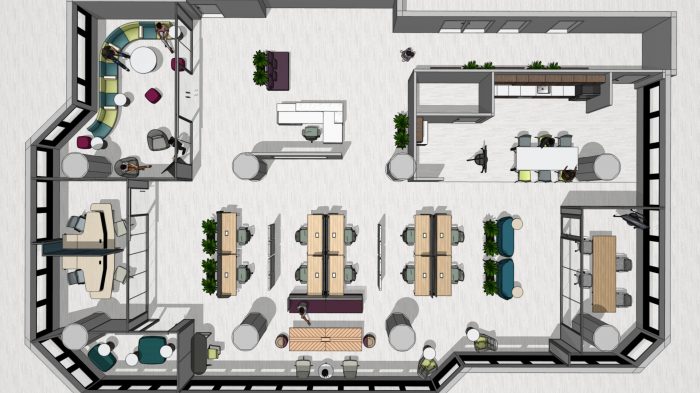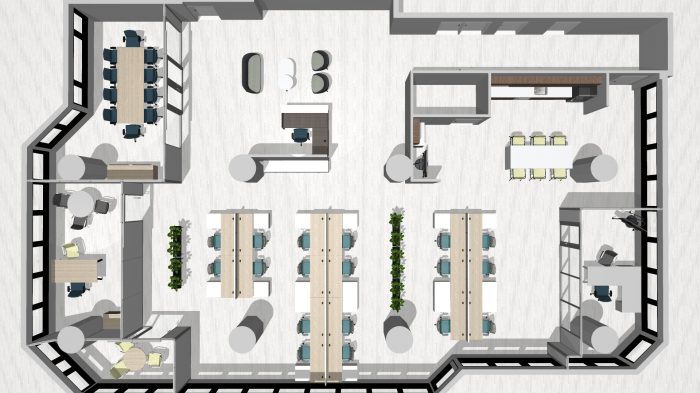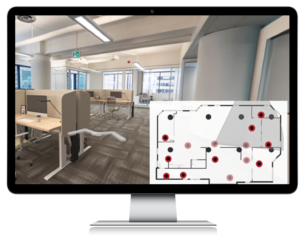As professionals return to in-person work post-pandemic, employers can leverage design elements to help alleviate emotional and physical stress, and put people at ease in a shared space. With the role of the office space transforming into a critical tool for innovation, space planners must now seek to design spaces that positively influence performance and are conducive to collaborative work.
Leveraging Performance Principles and Ergonomic Variety
Michigan-based office furniture supplier, Steelcase, identifies four key principles to designing high-performing social and collaborative spaces: proximity, privacy, posture and personality of the space. By addressing these four principles uniquely in the post-pandemic office, employers can ensure that spaces perform. Here, offering variety, says Steelcase, is key to inspiring professionals who are returning to in-person work. For example, a range of postures can help to reduce the physical stress that typically impedes productivity and can work to encourage either active collaboration or relaxed conversation.
In the post-pandemic office design at 81 Metcalfe, Suite 200 in Ottawa, professionals returning to the office are met with a variety of workspaces that factor in the four key principles of performance. A range of breakout areas are available to facilitate different types of work, including private or open spaces, featuring ottomans and lounge chairs with some combination of laptop tables and desks. The transformed layout of Suite 200 (pictured) contrasts with the traditional layout of the space, featuring homogenous workspaces and little ergonomic variety. The post-pandemic layout of Suite 200 works to better direct the flow of traffic in the space, is more conducive to safe socialization, and offers a range of workspaces for employees. At the same time, the transformed space plan utilizes all existing improvements, and makes no change to the wall structures in place.

Optimizing Shared Spaces
Ancillary spaces, common areas in the workplace, present some of the greatest challenges for space planners post-pandemic. Cafes, lounge spaces and other rooms with shared seating must succeed in enriching the employee experience while also accounting for spatial context. In the proposed layout at 81 Metcalfe, Suite 200, sequential seating, indicated by alternating colour patterns, is used to encourage distancing while not leaving the room looking empty. Rooms are well equipped to facilitate hybrid meetings, with both screens for satellite employees and virtual white boards. In private offices, where close proximity is inevitable, multi-level work surfaces are used to reduce collision points by eliminating a shared surface and maintaining physical distancing.

Choosing a prime location for the workplace can play a key role in the return to normalcy for professionals during the transition from virtual working and can contribute to the ability of the office space to be a collaborative tool. 81 Metcalfe Street is close to nearby amenities and with considerable access to public transit. Step into the post-pandemic office at Suite 200, take the virtual tour.
Visit the listing page for 81 Metcalfe for more information about this property.
The Post-Pandemic Office Part 4: Reallocating Space to Accommodate the Workforce of the Future



